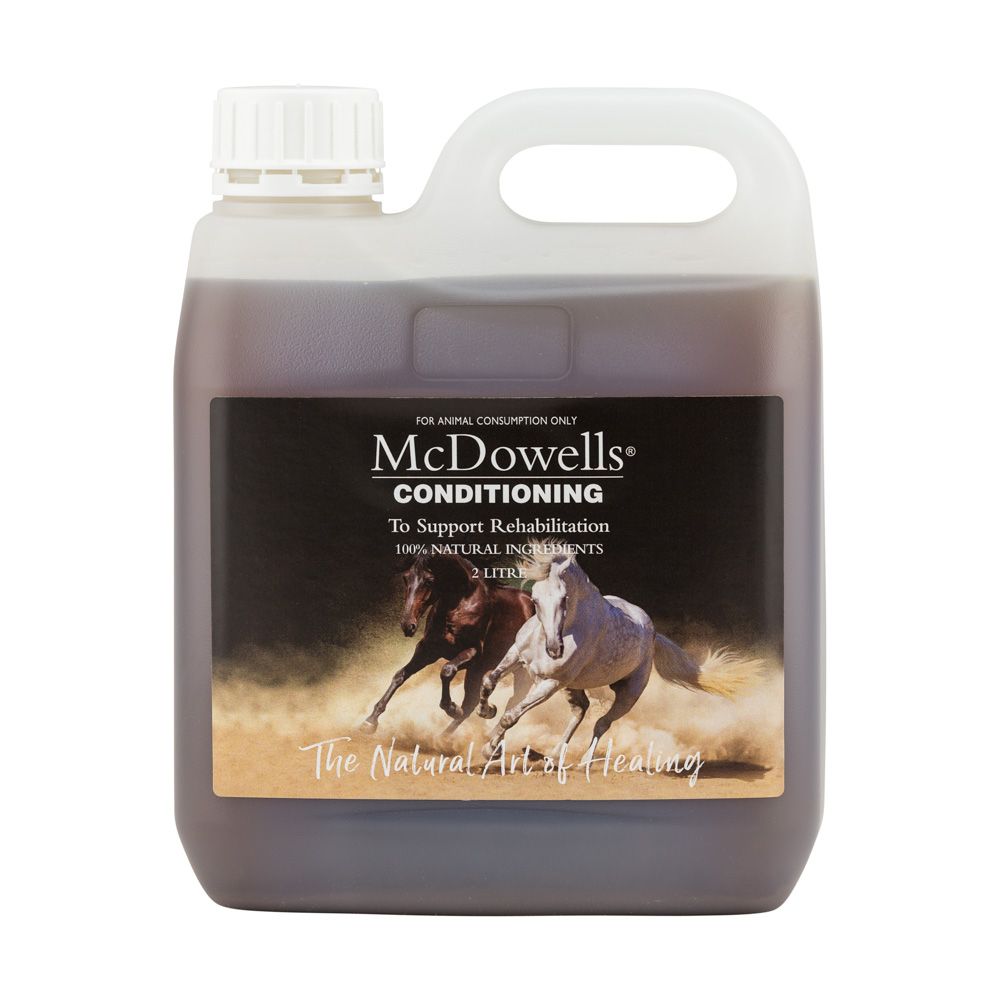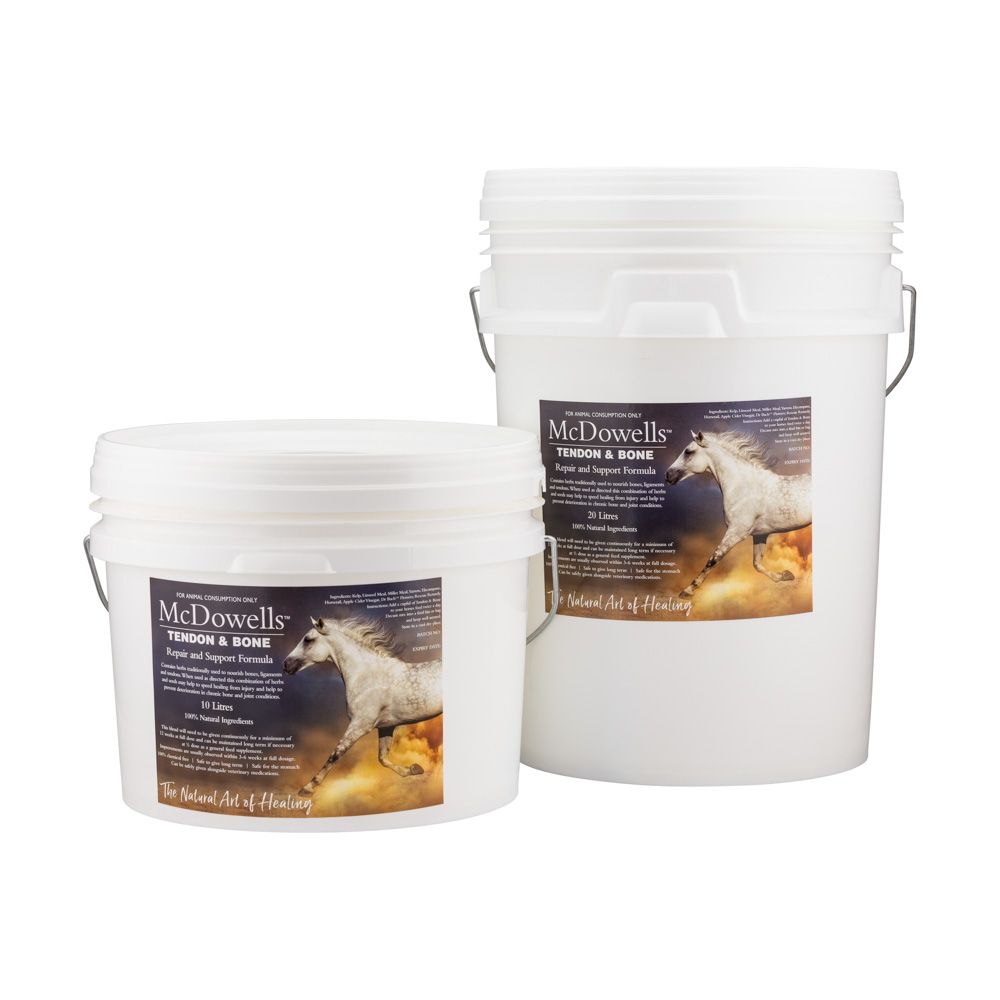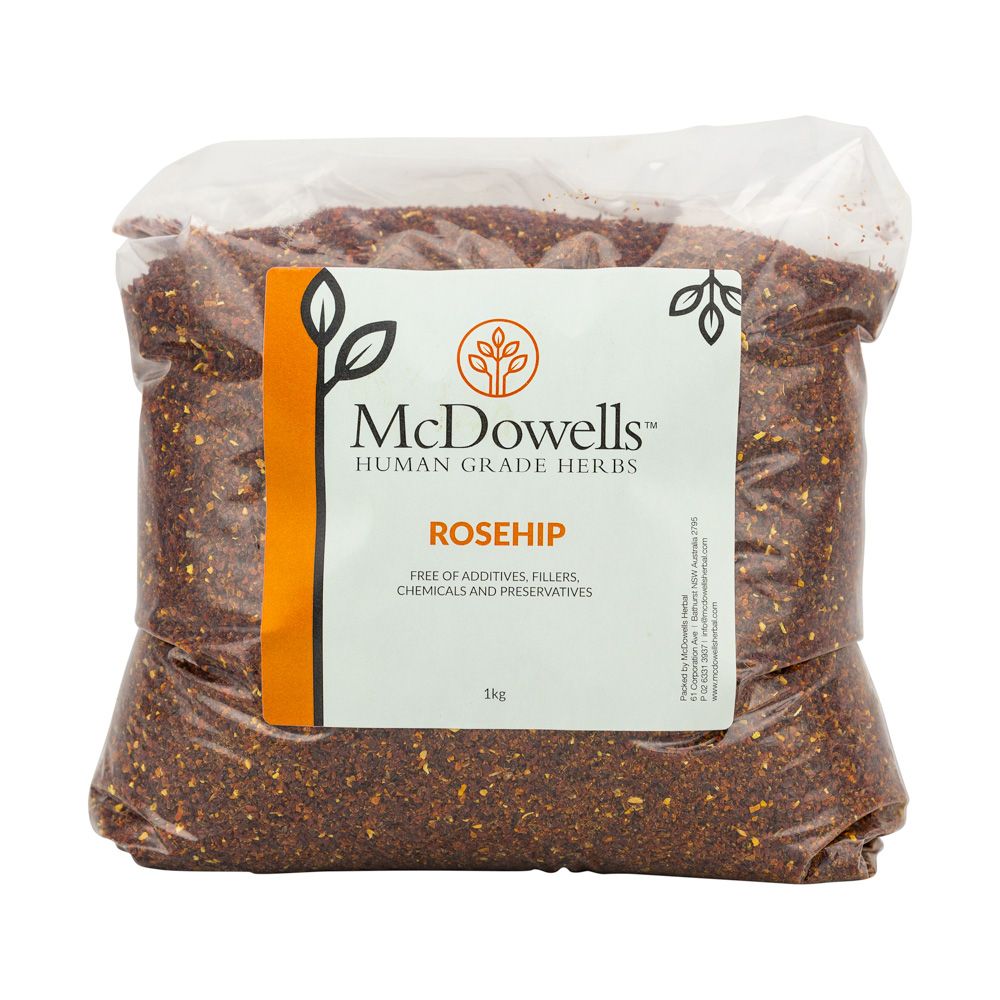It's that time of year again in the southern hemisphere - the chickens are going through the autumn moult. Like us, they are pulling their winter coats out...it just happens that that means they have to grow it. To grow their new coat, they need to shed their old one first!
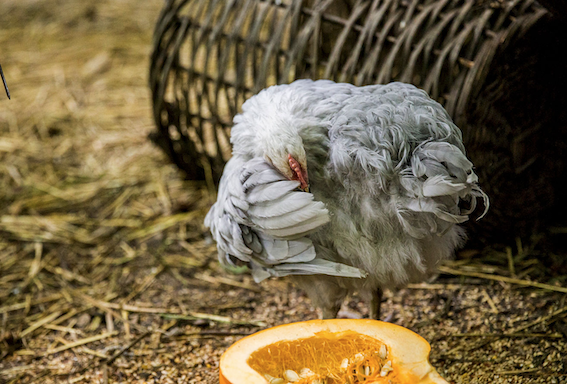
The shortening days set off a hormonal response to trigger the moult and we start seeing coops full of loose feathers and chickens that can look remarkably naked.
The moult can last between 8-16 weeks, and generally it’s the older or more stressed birds that moult more heavily, and take longer to grow in their new winter attire. A soft moult is generally a moult where the chicken will loose a handful of feathers - looking a little scraggly but not too bad. This generally is a faster moult as it doesn’t have the same nutritional demands as a hard moult.
A hard moult can be quite severe. The chicken can look terrible with large patches of bare skin. They loose feathers from all over their body, and it can also be quite concentrated about the neck. This can be a prolonged moult where you wonder if your chicken will ever get dressed again!
Then there is a forced moult. Industry standards and laws around this practice vary around the world. The aim of this is to synchronize and speed the time of moulting in the commercial laying birds through the induction of an enormous physiological stress (restricting food for 7-14 days). This ‘resets’ the birds reproductive system and gets them all back to laying as quick as possible. This puts an enormous stress on their system, with many chickens dying and becoming much more sensitive to infections due to the suppression on their immune system. This is a practice I am particularly appalled by.
As chickens feathering is coming back through they have pin feathers. These have both a blood supply and a nerve supply before breaking through the cuticle. These pin feathers can be very sensitive and it can be painful if they are getting handled roughly. Try to handle them as little as possible during this stage. Also check for feather picking hens that can pluck these pin feathers out.
Moulting is a huge physiological stress, and they can be much more prone to infections and it can reduce their ability to cope with stress. This is not the time to introduce a new flock member, change their coop around or move them to another pen.
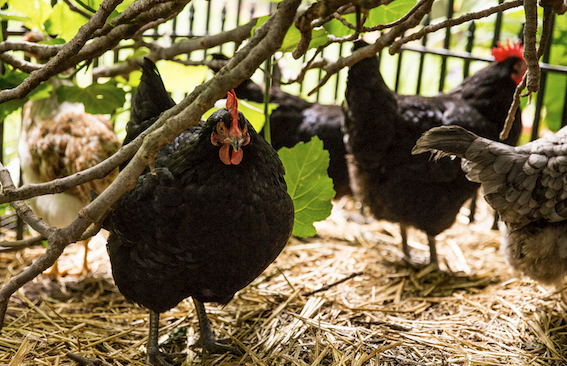
How can we support our chickens through the moult?
Good quality protein
Feathers are a very rich source of protein and to regrow a full complement of feathers will take high levels of dietary protein to meet these needs. We don’t want them pulling protein reserves from their muscle mass. Feathers are also rich in the amino acid, cystine. We can increase protein through a higher quality feed, or supplementing their food with a pullet grower. You can also add in protein rich ingredients such as sunflower seeds, hemp seeds or meal, or meal worms.
Protection from the elements
When chickens are half bald they can have more trouble keeping warm. Making sure their night time coop is draught free and it is dry and warm.
Keeping warm also takes more energy. They may need higher food intake to support this extra energy expenditure.
Stress levels to a minimum
These moulting chickens are under a lot of stress. Their immune system is suppressed and they do not have the reserves to cope as well as normal. Keeping them as low stress as possible during this time.
Allow access to dustbathing, sunbathing and green pick. This is all good for the chicken soul. Do not bring in new chickens, change caging around or change the dynamics if possible. If they have to re-establish a new pecking order this is stressful.
Also make sure they are free from worms, mites and lice.
How do I personally support our chickens through the moult?
I have quite a number of chickens, so I use the horse products for them. I also have very large breed chickens. If you only have a small number of chickens the dog or cat products are totally suitable. If you have bantams the dose will be smaller. Just contact me and we can create a suitable protocol for your personal flocks needs.
- Equine Conditioning mix - 1 cap per 10 bird
- Tendon and bone - 1 heaped Tablespoon per 5 birds.
- Rosehip tea 1 heaped teaspoon per 5 birds made into a tea
- Hemp meal 1 tablespoon per 5 birds
If using the dog products I swap to the dog or cat conditioning mix (5 drops per bird), and use the millet and linseed meal instead of the tendon and bone. I also add in 2ml apple cider vinegar per bird
I make up a morning mash meal on a base of laying mash that is high protein. I add the herbs, tendon and bone and the hemp meal, and I stir it together and then top with 1 litre of hot rosehip tea (tea granules as well as the liquid). Sometimes I add in a handful of lucerne or nettle herb. I stir it up and feed it warm. This is a really welcome treat by my flock on those chilly mornings.
If they are moulting hard, I will repeat this in the evening as well. Once the moulting has finished I leave out the hemp meal and continue to feed the rest as a health tonic throughout the colder months.
The Conditioning mix supports the neuroendocrine system, and supports the reproductive system. it helps to support the body through the stressful event of moulting and helps to maintain a good strong immune system. improves recovery and reduces metabolic stress.
Tendon and bone/Millet and linseed is high in the mineral silica which is an important mineral supporting hair, skin and nails. This also benefits the bones and joints. Silica is really important for strengthening the structural integrity of the body. Millet is high in silica. Linseed is specific nourishment for strength and elasticity of ligaments and attachment points and is a whole feed source of Omega 3 and 6 and Linoleic acids.
Apple Cider Vinegar - You may already have some in the cupboard. This adds in some extra potassium, and beneficial bacteria. This helps to boost immune function.
Rosehip tea - helps to improve circulation, and vitamin C content and support the adrenal glands and immunity. One of the best teas when fighting an infection.
Cut open the tea bag, or use the loose leaf granules, adding 1 tsp per cup. Add boiling water. Infuse for 10 mins, then add the tea and the tea ‘dregs’ into their mash. When mixing in hot makes it a nice warm porridge for cold mornings.
Hemp Meal - Highly digestible and safe protein source with all the essential amino and fatty acids required for a healthy diet. Hemp protein is gluten free and a good source of energy and with its unique combination of essential amino and fatty acids is a super food that can support healthy skin, coat and feathers. Unlike soy and other legumes, hemp does not contain trypsin inhibitors and oligosaccharides, which can impact the absorption of nutrients.
McDowells Product Recommendations
Hemp for hounds
Equihemp-Pro
Conditioning Mix
Rosehips
Tendon and Bone
Ground Millet and linseed

